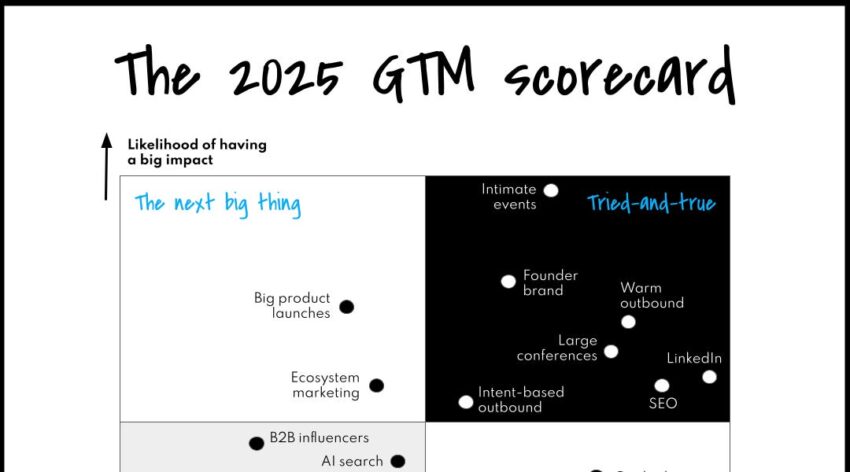TL;DR Summary of Key Insights from the 2025 State of B2B Go-to-Market Report
Optimixed’s Overview: Transforming B2B Go-to-Market Strategies with AI and Multi-Channel Execution
Understanding the Current GTM Landscape
The 2025 State of B2B Go-to-Market (GTM) report, based on a survey of 195 software GTM leaders, reveals that companies employ an average of five core GTM channels alongside nearly six experimental ones. Popular channels include LinkedIn, SEO, and warm outbound, while emerging investments focus on AI search (AEO), intent-based outbound, and founder brand initiatives.
Popular GTM Motions and Their Effectiveness
- Inbound GTM remains the most common primary motion (23%), but outbound (19%) and account-based GTM (18%) are closely competitive.
- Product-led growth (PLG) dominates for low-cost products under $5,000 annually, whereas account-based strategies excel with high-value deals exceeding $25,000.
- Surprisingly, even traditionally “dead” channels retain some effectiveness, and intimate events have emerged as highly impactful.
The Role and Reality of AI in GTM
While 91% of GTM leaders use general AI tools like ChatGPT, over half report limited or no tangible GTM impact so far. Positive AI outcomes have primarily emerged in:
- Intent-driven outbound sales and account targeting
- Market intelligence and competitor analysis
- Content marketing automation and personalization
However, some applications, like AI SDRs, have faced notable challenges in generating leads.
Emerging GTM Technologies and the Future of Scaling
Beyond ChatGPT, tools such as Clay, Lovable, and n8n are gaining traction for their flexibility and automation capabilities, enabling more technical GTM workflows. As companies prepare to ruthlessly scale in 2026, mastering AI fluency and channel prioritization using frameworks like the 2025 GTM scorecard will be critical for success.
